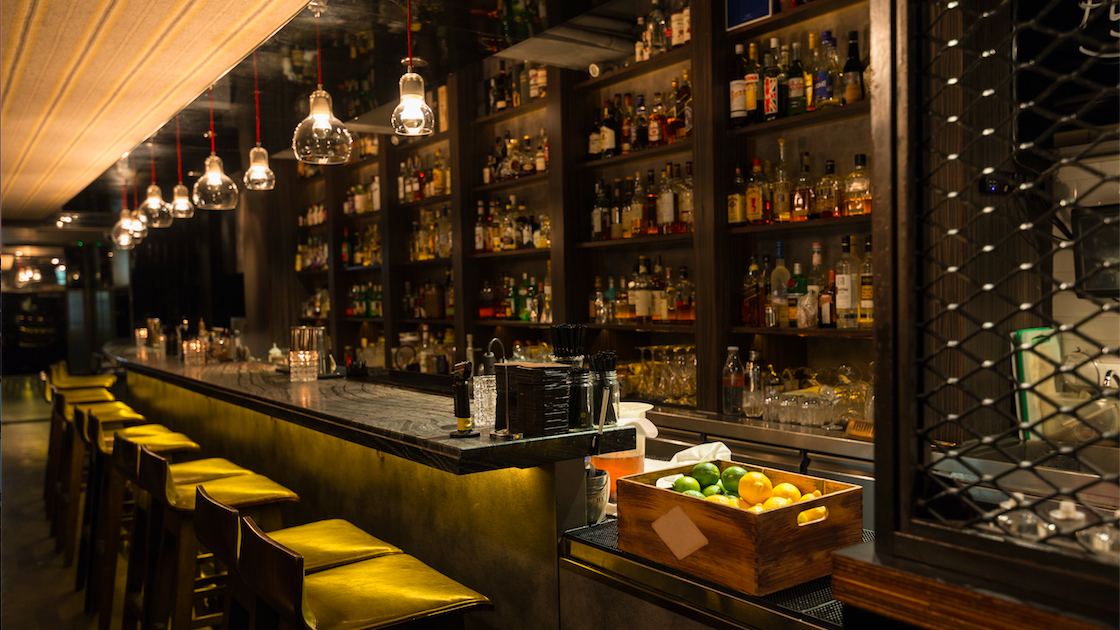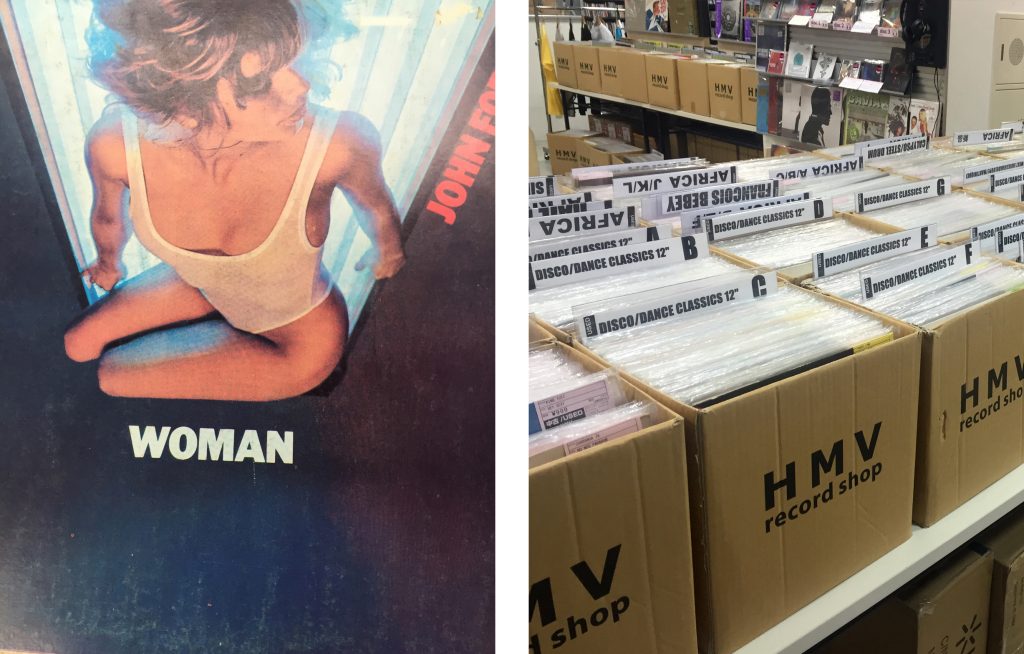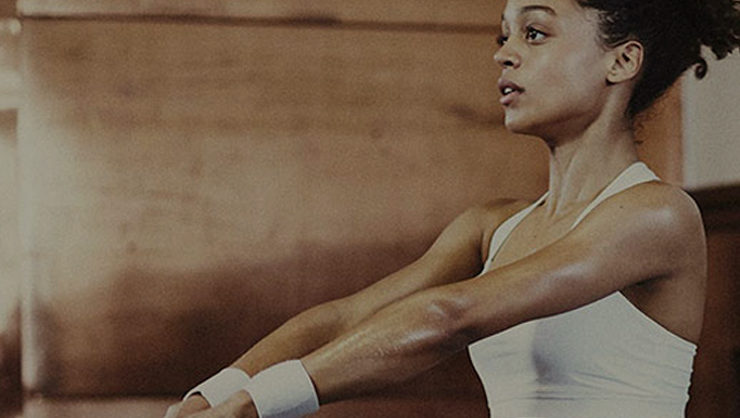A little over two years ago, 95A Rye Lane in south-east London was a disused multi-storey car park with an uncertain future. Today, the newly minted Peckham Levels is a hothouse for creative entrepreneurs, a neighbourhood focal point for food and drink and a thriving community hub, where artists and architects rub shoulders with jewellery designers and dance collectives. We speak to the founder to hear the vision…
Opened in December 2017, Peckham Levels is the brainchild of Make Shift, an initiative devoted to rescuing abandoned buildings, transforming them into vibrant, supportive and diverse creative spaces that make a positive impact on their surrounding communities. The first was Pop Brixton, which saw an empty plot become a shipping-container village of 50 creative businesses; Peckham Levels followed, and now Make Shift is eyeing up a site in Hackney Wick.
The man at the helm of Peckham Levels is site director Lodewijk ‘Luds’ Van Den Belt. Under his watch, seven storeys of empty bays have become 50 creative studios for local artists and entrepreneurs, a handful of larger workspaces, an events venue, a yoga studio, a street food courtyard and rooftop bar. By day, the site is abuzz with Peckham creatives; by night, it draws in crowds from all across London looking for a bite to eat, a few drinks and some fantastic music.
Such a dynamic project, with such a varied audience, needed music that captured the creative energy that animates the space, which paid tribute to its South London community focus and which matched the changing use throughout the day. Before opening, Music Concierge worked with Luds and his team to ensure that the public spaces on levels 6 and 7 had a sound that did justice to Peckham Level’s ambitions, social spirit and diverse community. Now that the playlists are in place and the Levels have come to life, we caught up with Luds for the lowdown on his hopes for the project, the importance of music and his secret love of 80s power ballads…
Peckham Levels is an unusual concept – how did it come about?
With anything we do, we aim to deliver what local communities want; we don’t take a cookie cutter approach. So we do an enormous amount of public consultation, and we really reach out to understand what the local needs are. In this case, there was clearly a need for small creative spaces in Peckham. Lots of artists and creative entrepreneurs were faced with this space problem – how do you develop an idea beyond the kitchen table? How do you start to approach a business or creative idea seriously without the space to back that up? We’re hopefully providing a really interesting space for very local, very creative entrepreneurs to start projects.
Where do those entrepreneurs come from?
Of our tenants, 65% are Peckham locals and 85% from Southwark – which far exceeds our initial agreement with the council, which was 75% Southwark residents. That process of getting our tenants was so interesting. Once you put an opportunity out into a community, the applications and the ideas that come back are wild. The amount of creativity well exceeded our expectations. There was so much local talent; so much local creativity – the response was amazing. For our 50 studios, we had more than 400 applications.
Allocating spaces must be quite a challenging process – on what basis do you decide who gets in?
40 studios are internally scored on the basis of locality – where they’re from, what their relationship is with Peckham and Southwark; and they get scored on their idea, their commitment to the community-investment scheme (all our members pledge to give an hour a week to a community project), and their ethos – whether the overarching values of their businesses and project match ours; and then we have an element of financial due diligence – can they afford the rent? Next, everyone gets interviewed and then we try to vary the range of disciplines as much as possible. Ten of the 50 studios are let at 30% of market rate, so they cost around about £80–90 a month. They’re given to creative businesses on a one-year lease to really work on their plan, get started, and we work with them quite closely to establish what their goals are for that year, and then they get heavily supported with their rent. We have a steering group made up of local business owners and residents, stakeholders, council members, and youth representatives, and they decide on on those 10 between them, using a scoring system.
Looking at the list of members of the spaces, the diversity in there is quite astonishing, you’ve got sound engineers, violin makers, hair salons… It’s a really broad spread of creativity…
We really want to represent the local community as much as possible, so obviously –discipline, age, gender – everything gets looked at and gets balanced out. It’s a really interesting, but also quite a challenging, process and massively time-consuming. With the first tenants we have in, it definitely feels like we’ve managed to create a really diverse and interesting community. It’s really, really exciting.
What made you turn to Music Concierge to create the sound of the food and drink space on levels 6 and 7?
Our contact with Music Concierge came about because one of the directors is a local resident – locality is taken into consideration in all these things. Music programming obviously has a key role in ambience, in setting the tone and the vibe of that public floor. All of us internally in the team are very heavily into music, and although it’s all different genres, we all appreciate music in our lives. Music sets the tone for the atmosphere; it sets the tone for the time of day; it sets the tone for the user experience…
How would you describe that tone?
It’s very dependent on time of day. Daytime is very much about maintaining a relaxed, engaging atmosphere that keeps people on site and using the space, because lots of people come to work here so it needs to create an atmosphere but not be too invasive on people’s concentration levels. There are also lots of families, lots of young parents with children, so it needs to be very friendly. It needs to also take into consideration that a lot of people work on those floors every day, so it has to be consistently and constantly changing as well, because otherwise staff members would go crazy. So the aim is to be friendly, keep people coming back to the space and keep the atmosphere light. In the evenings, it’s different – you want something fun and exciting.
What was the most important consideration in terms of the sound of the space?
Peckham has a vibrant music scene and we’re looking to see that represented – local, progressive, creative music in the evenings that appeals and speaks to people from the area. The Music Concierge playlists are proving to be really popular. We also have an event space, Ghost Notes, and they do their own music programming – their whole vision is to support local music in south-east London. They have really interesting initiatives where all the door money goes to the artists, and they’re very tuned into the local music scene. What we’re really aiming for is for that space to be a real community asset, so we know people locally who use the space, who host events, who meet their families here, who work here, and who, even if they don’t have a tenancy, could potentially exhibit here as an artist or photographer. We want locals to take real ownership of the space and music is key to that, because if that music’s wrong then people will not be attracted to the space. If you’re playing 80s power ballads and people don’t want that then I guess it’s not that appealing to stay and have a meal…
I would love to sit in a reinvented car park listening to 80s power ballads.
Funny you say that, I’d love to as well.
Finally, what are you listening to these days?
I’m a massive vinyl-head, so I’m very much into seventies soul and funk – that’s my thing. And also vintage reggae. My first real passion was late-eighties and nineties hiphop. The last album I bought was Trouble Man by Marvin Gaye, and before that There’s No Place Like America Today by Curtis Mayfield – not one I’ve ever heard before, but it’s very good, with an amazing track called Billy Jack. That’s what I’m listening to the most at the moment.




















